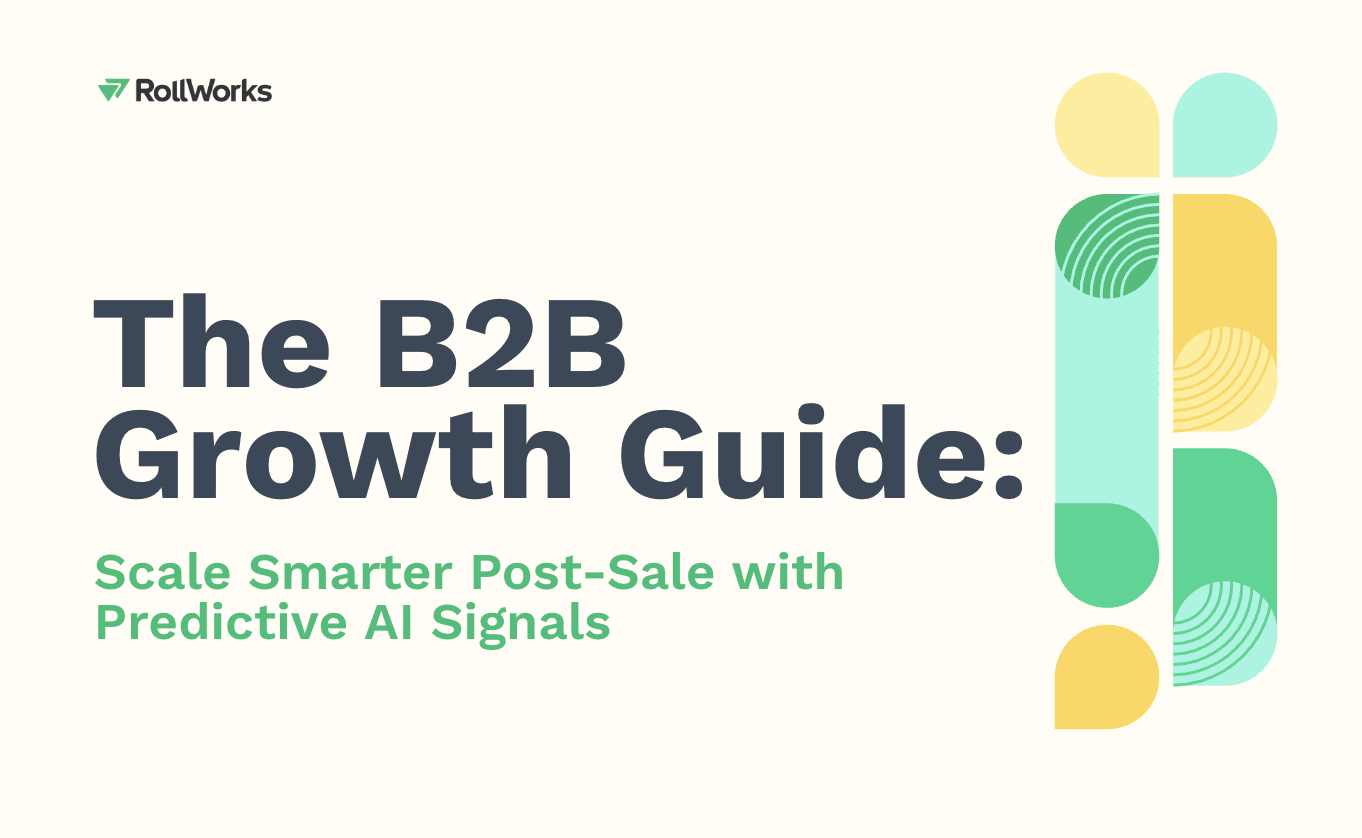Byline originally published in DGR's What's Working in ABM Report, get your copy here.
I’m a marketer through and through, but as a matter of practice, I make it a point to work alongside my sales team from time to time and cold-call. And, if I’m being completely honest, I hate it.
You might wonder, why do something you hate? The truth is, the experience reminds me about the fundamentals of my job . My job is to give sales a ‘Why You, Why You Now’. My job is to drive measurable, actionable product awareness and interest from the people at accounts most likely to buy our product.
And all pieces of that JD are important:
- Measurable
- Actionable
- Product awareness and interest
- People at accounts likely to buy
After all, cold-calling isn’t so bad (or difficult) if it isn’t, well, cold.
The Classic Quantity or Quality Debate
The critique of the modern demand gen marketer is that many of us (still) focus on (ToFu) quantity over quality. And this trend of driving high ToFu volume is really no surprise. Current B2B marketing channels and technologies make it easy, and often inexpensive, to drive a high volume of measurable actions from specific people (aka “leads”). But there’s a limitation with a basic volume-based approach that can show up in funnel health analysis (conversion rates, velocity, deal size) and seller feedback alike: with a volume-based approach, marketers often drive the right people from the wrong accounts to respond.
So when ABM hit the market and suggested we switch to targeting a mutually agreed upon finite target account list (TAL) to solve the quality vs. quantity problem, many of us jumped on it. After all, if you co-define and co-target a specific list of priority accounts with sales surely (at minimum) you’ll solve the right-person-wrong-account issue.
But the reality is that the adoption of ‘100% ABM’ has been sluggish and incomplete. In fact, if you inject truth serum into the arms of B2B marketers, I’d guess the reality of demand gen practices at most B2B organizations are (still) hybrid.
I’m here to say the lack of full-fledged adoption of ABM is not a flaw but actually a reasonable market reaction to an overcorrected demand gen approach. Unless your ideal customer is a tiny number of potential accounts, there’s nothing in and of itself wrong with a demand gen methodology that generates a combo of on and off TAL engagement. After all, volume and quality are not necessarily mutually exclusive.
What is true and what is solved by a more ABM-centric motion is that fit (aka a mutually agreed upon, data-backed definition of the types of accounts that share desirable characteristics) matters. Additionally, when it comes to prioritization, investment levels, and other strategic decisions, it is ideal to agree to a best-of-the-best list of highest fit accounts (target account list aka TAL) to go after. This ensures that you’re leveraging your financial and human resources in the most efficient way. That’s the key of a TAL — fit-based focus to drive measurable, actionable product awareness and interest from the right people in the right accounts who are most likely to buy (and become your next best customer).
What's a modern marketer to do?
I’d argue the job of the modern marketer, therefore, is not to rip and replace the current demand gen approach (no, I do not believe the “lead is dead”) with something entirely new but rather to evolve it into a more fit-focused and dare I say realistic practice. That’s ultimately why marketers gravitated toward adopting ABM, a focus on fit-first to identify the right accounts first. Naturally, a new lens on an account-first strategy has evolved — Account-Based Experiences (ABX) — focusing on the ability to determine cohorts of accounts that are most likely to act.
We’re talking a heavy focus on intent and engagement signals, blending the best of all worlds and possibly giving us the answer we needed for an evolved demand gen practice. One that drives quality and volume simultaneously, while delivering key, actionable insights (the Why You, Why You Now) that sellers need to succeed. Simply put: there will always be a new acronym in B2B marketing, but at the core, the trend is account-first for a reason and marketers need to focus on what strategies do rather than simply the names they go by. End of day? We’re all looking for a way to melt those ice-cold calls.
P.S. If you’ve never picked up the phone and called on an account, take this byline as your formal challenge. You’ll thank me later.
About the Author
More Content by Jodi Cerretani, VP of Marketing





























